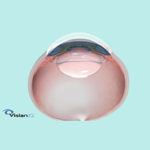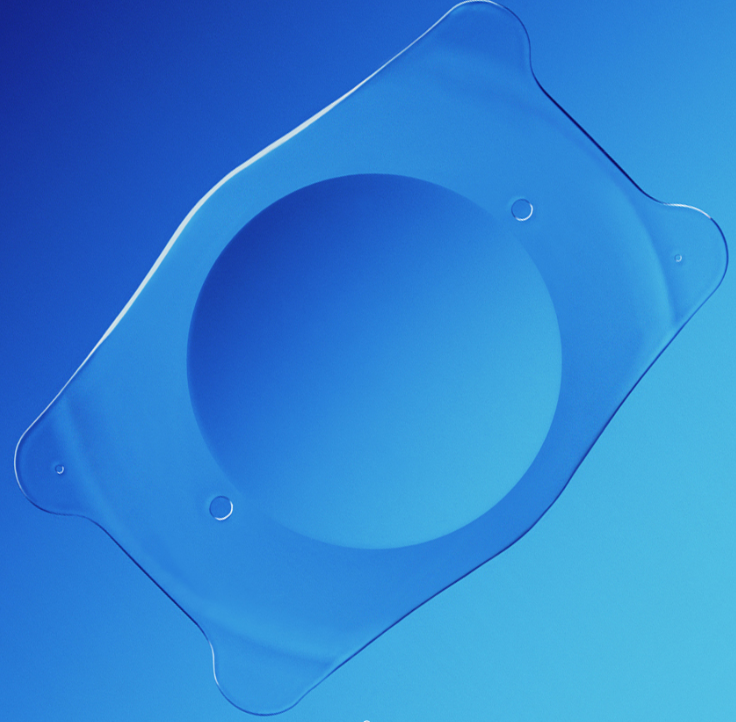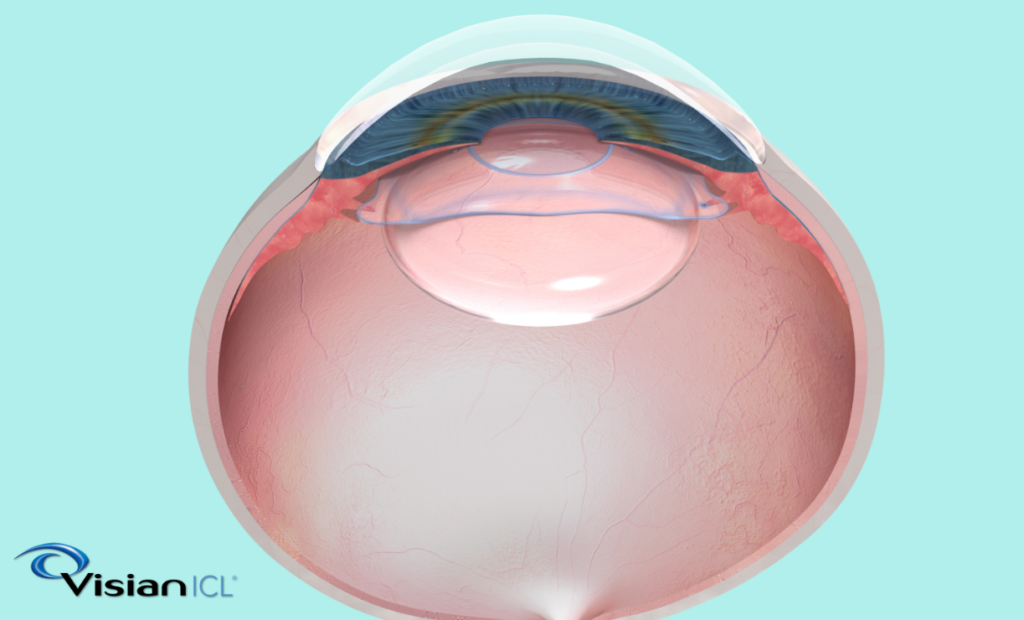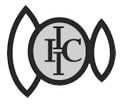
Chris was severely nearsighted. The prescription in his glasses was so strong that he finally got tired of the distortion from his lenses. It was so hard for him to see. In his hometown of Shreveport, Chris went to his local eye doctor for his vision exam and the doctor decided he should come to Houston to see Dr. Slade for some other options.
Due to Chris’s high prescription of -16.00, he was deemed to NOT be a candidate for LASIK.
A little background: the FDA gives specific approvals to Laser devices for how high of a prescription that specific laser can treat.
Just to give you an idea, the highest prescriptions that these Lasers are usually given approvals for usually do not even come close to the prescription Chris had.
Each laser device is different on what it can and cannot treat per the FDA and each ophthalmologist/refractive surgeon determines what patient they treat with which laser and which specific treatment method they decide based on the patient’s vision, corneal health, visual history and goals after surgery, etc.
As you can see, there are a LOT of things that come into play when a patient comes in for a refractive surgery or LASIK evaluation. There are a lot of things that our doctors have to look at, and each of our eyes is like a fingerprint. This is why a surgery like LASIK or any refractive option is so serious and needs a good, skilled, experienced surgeon to evaluate YOU and YOUR EYES from the beginning! They also need amazing testing equipment that can help their decision process!
So, okay. Back to Chris…
Chris came in to our office, Slade & Baker Vision Center in Houston and was given the option of the ICL (the implantable collamer or implantable contact lens).
This ICL procedure is an alternative to LASIK and is many times referred to as “the HD option”. The vision after ICL surgery is amazing. It is usually a pricier option but it is pretty different from LASIK with a different surgical process, usually longer procedure time and has the option for removal. (See images below of ICL and click on this LINK for more info on our website about this procedure)
Chris explained that he was worried about not being able to see close up after surgery without reading glasses. When Chris sat with Dr. Walton at our office “Dr. Walton went over and explained everything very clearly”.
Chris felt comfortable and scheduled ICL surgery with Dr. Walton. On the day of surgery, he explained to us that he didn’t feel anything during or after surgery. On the first day he was shocked to see everything really clearly! During the following two days, he felt a little bit of discomfort from swelling which caused some blurry vision, but it all ended up clearing up rapidly and now he can see so much better with no help.
We love asking about specific things that stick out to our patients after surgery because everyone notices different things!
We asked Chris what stood out to him about his vision and he told us that colors are more vibrant and he can now see traffic lights from a distance. Both of these things are VERY normal when patients check back in with us. What was a lot more “unique” was when he told us he “could see coins on the ground and I didn’t have to bend down to see what they were.”
Many of us often take our vision for granted. Even those of us who have had laser vision surgery before. I am guilty. I forgot what it was like to deal with contacts and glasses and hearing the excitement in Chris’s voice who just had surgery in February made me remember just how awesome that day was!
Ditch those glasses and contacts already. Call us TODAY at 713-626-5544 at our Houston office to get a complimentary laser vision evaluation and see what procedure YOU are a candidate for!
Image of actual ICL (close up)

Image of where ICL sits in the eye (from above)






